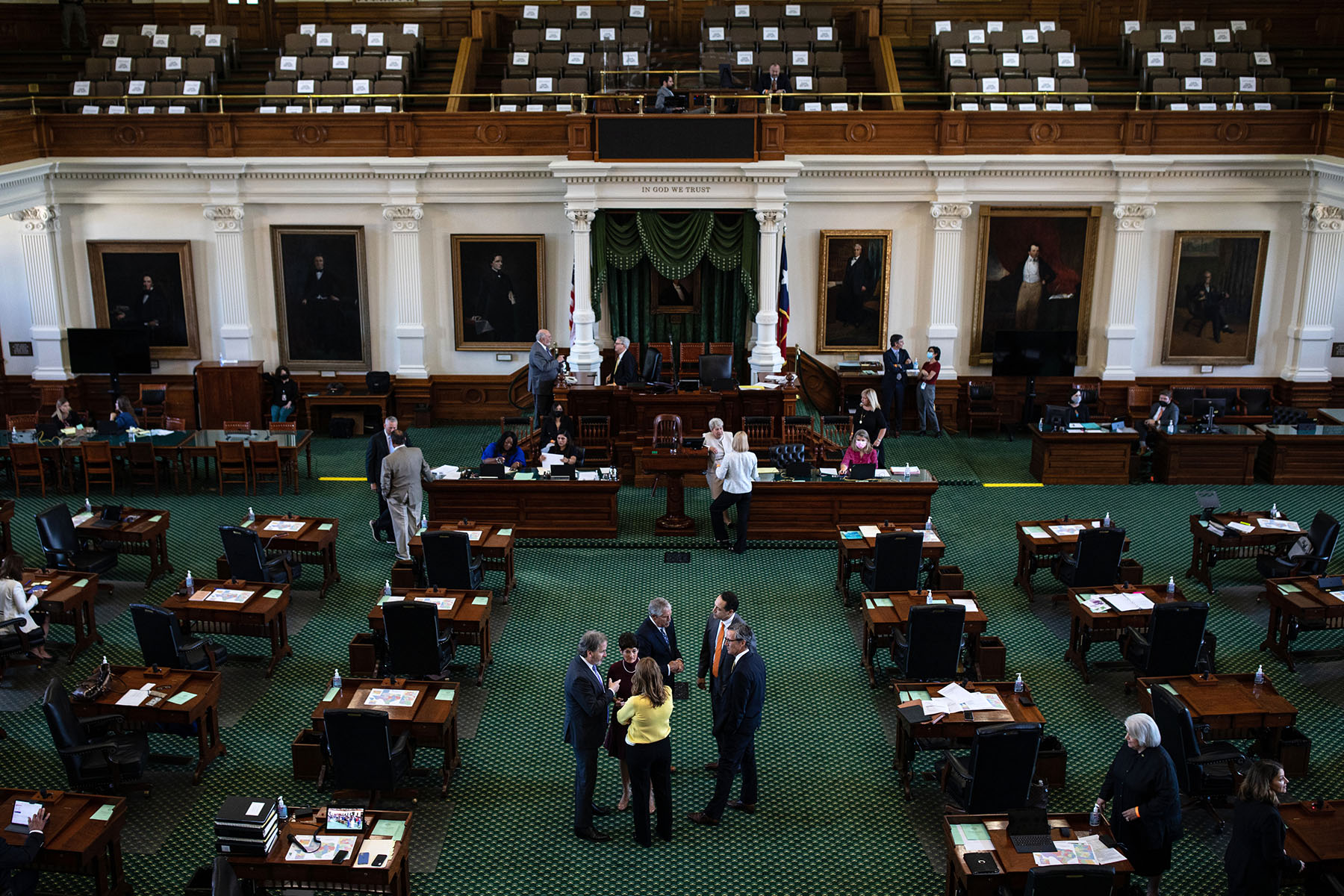What do you want to know about politics? We want to hear from you, our readers, about what we should be reporting and how we can serve you. Get in touch here.
Women hit new levels of representation in statehouses after the 2022 midterms, with new records being set by Asian American/Pacific Islander, Black, Latina, Native American, Middle Eastern or North African, and White women, according to the Center for American Women and Politics (CAWP) at Rutgers University.
Kelly Dittmar, director of research and a scholar at the center, said the gains in representation are spread out across states, and the reasons vary.
“There is no one ‘why’ on the record,” she said.
As the nation becomes more diverse, so does demand for that to be reflected in who holds elected office. That can manifest in more women of diverse backgrounds running for office, or party leaders, funders and other recruitment groups being more supportive of those bids.
“Some of it may be self-selection, and some of it is recruitment and targeted efforts to encourage these women to run,” Dittmar said. “Some of it is a combination of both.”
Dittmar also noted that 2022 was the first election after a redistricting period that in some states meant new district lines and fewer incumbents. Women still lag in representation in statehouses overall. Currently, there are 2,412 women state legislators, which represents 32.7 percent of 7,383 seats
“Redistricting often creates opportunities, especially for those who have been previously kind of marginalized in these systems, because otherwise incumbency is a really strong force,” Dittmar said.
Here’s what CAWP’s data on women serving in state legislatures by race and ethnicity show for representation. Some lawmakers identify as more than one race and are counted more than once in this list:
- 98 Asian American/Pacific Islander women; 91 are Democrats, six are Republicans and one identifies as nonpartisan. The previous record was 78, set in 2022, before the election.
- 372 Black women; 367 are Democrats, three are Republicans and two are independents. The previous record was 368, set in 2022, before the election.
- 190 Latinas; 166 are Democrats and 24 are Republicans. The previous record was 156, set in 2021.
- 36 Native American women; 30 are Democrats and six are Republicans. The previous record was 32, set in 2022, before the election
- 13 Middle Eastern or North African women; all are Democrats. The previous record was 11, set in 2021.
- 1,728 White women; 945 are Democrats, 759 are Republicans, four are independents and 20 identify as nonpartisan.
- Two women, both Democrats, identified as multiracial alone.
CAWP contacted women officeholders directly to confirm how they identify and used public records where they have self-identified. The center could not confirm racial and ethnic identification for 25 women state legislators.
Latinas gained in Florida and Arizona, which both have substantial Latinx populations. In Florida, the net gain was one, but party composition changed, from an even split to seven Republicans and two Democrats. In Arizona, meanwhile, Democratic Latinas gained several seats, from seven to 14.
While Black women’s representation continues to increase in statehouses, the growth is not as large as some other groups. In South Carolina, the number of Black women state legislators dropped, from 13 (all Democrats) to seven (six Democrats, one Independent).
“There is more work to do across all groups, but some of the momentum we’re seeing in these gains are coming from the groups where we’re also seeing the greatest demographic change,” Dittmar said.





